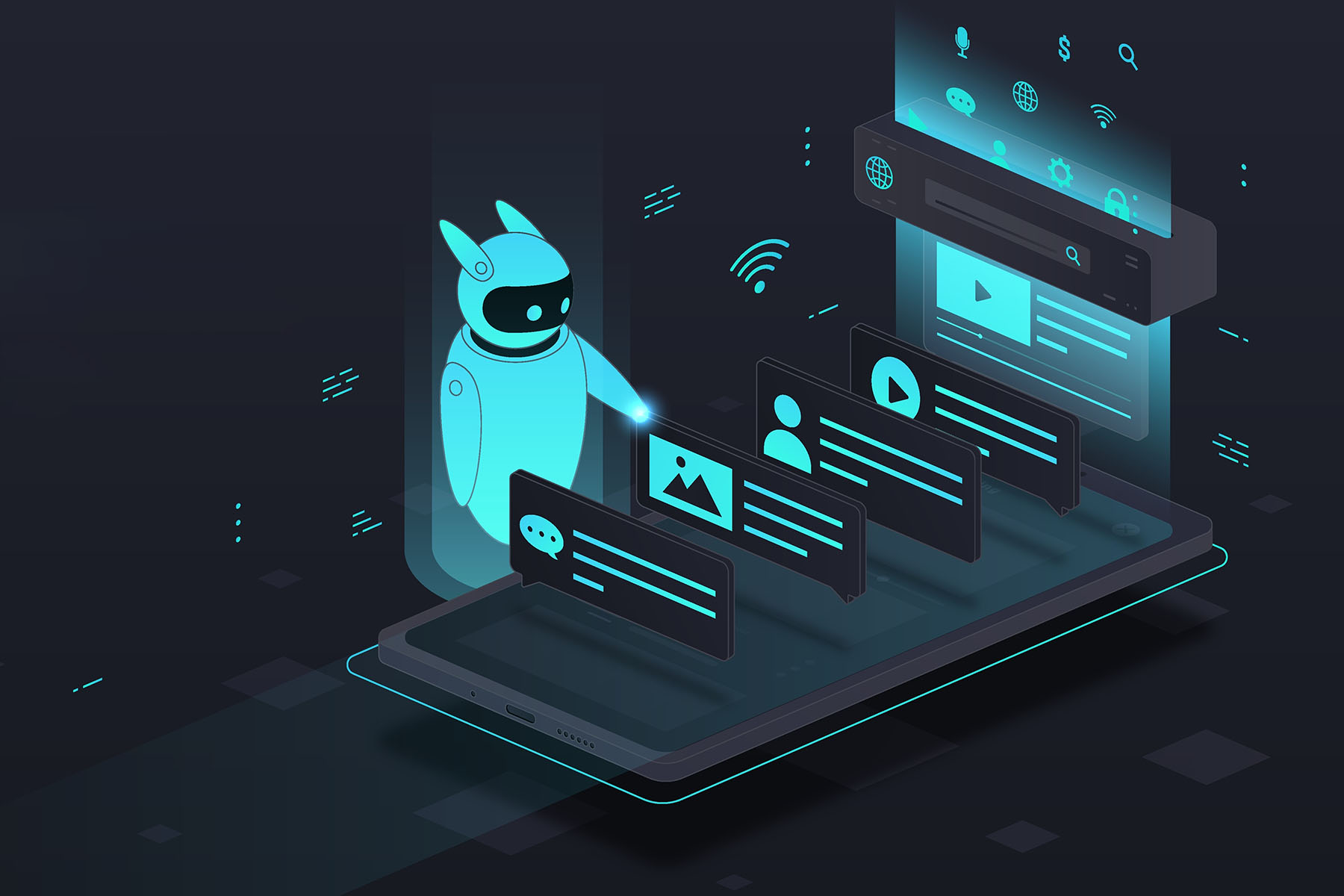For thousands of years, everything that people used was created and produced by craftsmen. The quality of the output highly relied on their skills and, as a result, varied greatly. The time to produce and costs associated with production were significant, too. The industrial revolution that started in the 18th century changed it completely. The industrial production process reduced cost, time to market, and in most cases, improved quality. Things not previously possible became possible because of production at scale.
This analogy is relevant to many industries, but especially modern marketing. For decades, marketing was considered more art than science, but we are now at the inflection point of shifting from a craftsmanship approach to marketing at industrial scale.
Introducing Content Supply Chain
As the need and, more importantly, the ability to engage customers through integrated omnichannel experiences became a reality, the approach to marketing had to change. Today, we need to think about the creation of modular content and its targeted deployment across omnichannel ecosystems. The journey represents a process of planning, creating, approving, distributing, and managing content across different channels and platforms. And today’s “Content Supply Chain” is enabled by marketing automation technology.
Content Supply Chain is a natural evolution that represents this shift from “craftsmanship” to the “industrial age” in the field of marketing. Modular content is a way of creating content that can be reused and repurposed for different contexts and audiences. It consists of smaller pieces of content that can be combined and customized according to the needs and preferences of the customers. Modular content allows marketers to create more personalized experiences for customers by deploying timely, targeted communications.
Artificial intelligence (AI)-based accelerator tools are increasingly being used today in this revolution. They are designed to streamline and accelerate the content supply chain process, and in many ways, are similar to the machinery on the industrial production line, helping to reduce the time and cost of production while improving quality. AI-based accelerators are doing the same thing.
Some examples of how AI can help to streamline and accelerate content strategy, planning, development, approval, and deployment in pharma marketing are:
1. Content Creation: Generative AI can help to create high-quality content quickly and efficiently. This includes campaign concepting, market research stimuli, and final text-based, visual, or even synthetic video assets ranging from patient testimonials to key opinion leader (KOL) videos.
2. Content Optimization: AI can help to optimize content for different channels and platforms, including for search engines and social media. The same core content created in the form of a banner ad will look very different compared to a social media post or a long-form web page.
3. Content Distribution: AI-powered marketing technology can be used to distribute content to the right audience at the right time and place. The perfect example for this is the growing availability of universal orchestration platforms from companies such as Salesforce or Adobe as well as platforms that are specifically designed for pharma marketing.
4. Content Approval: A strict pharma marketing approval process is one of the most common barriers for quick creation, optimization, and iteration of content. AI-based tools can dramatically streamline this process.
5. Content Analytics: AI can also be beneficial in helping to analyze content performance and provide insights for improvement. This includes content engagement, conversion rates, impact on prescription or medication adherence.
6. Content Personalization: Finally, AI is increasingly being used to personalize content for different audiences. For example, personalized content based on the user’s location and interests as well as generated at the appropriate reading level for different audiences such as patients, nurse practitioners (NPs), physician assistants (PAs), general physicians, or specialists.
When you pair modular content with the AI-powered “machinery,” operated by skilled and creative experts, it can produce results that we could not dream of before. The Content Supply Chain enabled by AI provides marketers with an opportunity to transform our approach from craftsmanship to highly creative, while industrializing operation at scale, which delivers more precise targeting with a personalized touch.
It is not easy and requires most organizations to rethink how teams and processes are structured internally. It requires a commitment to business transformation, but the upside benefits can and will be massive for those who commit to the journey.
When successfully embraced, the Content Supply Chain can help us all create more value for our customers and our business, creating an ultimate win-win situation.









